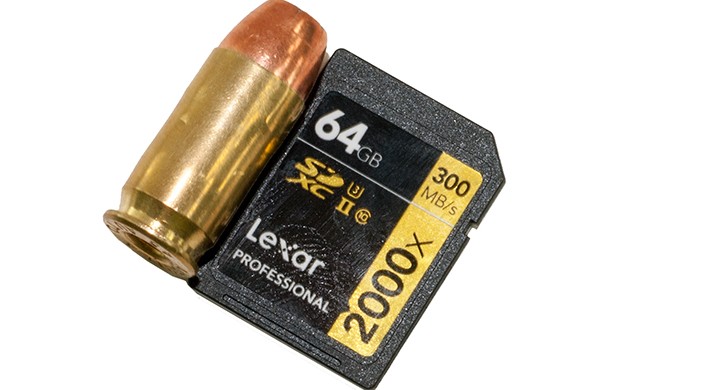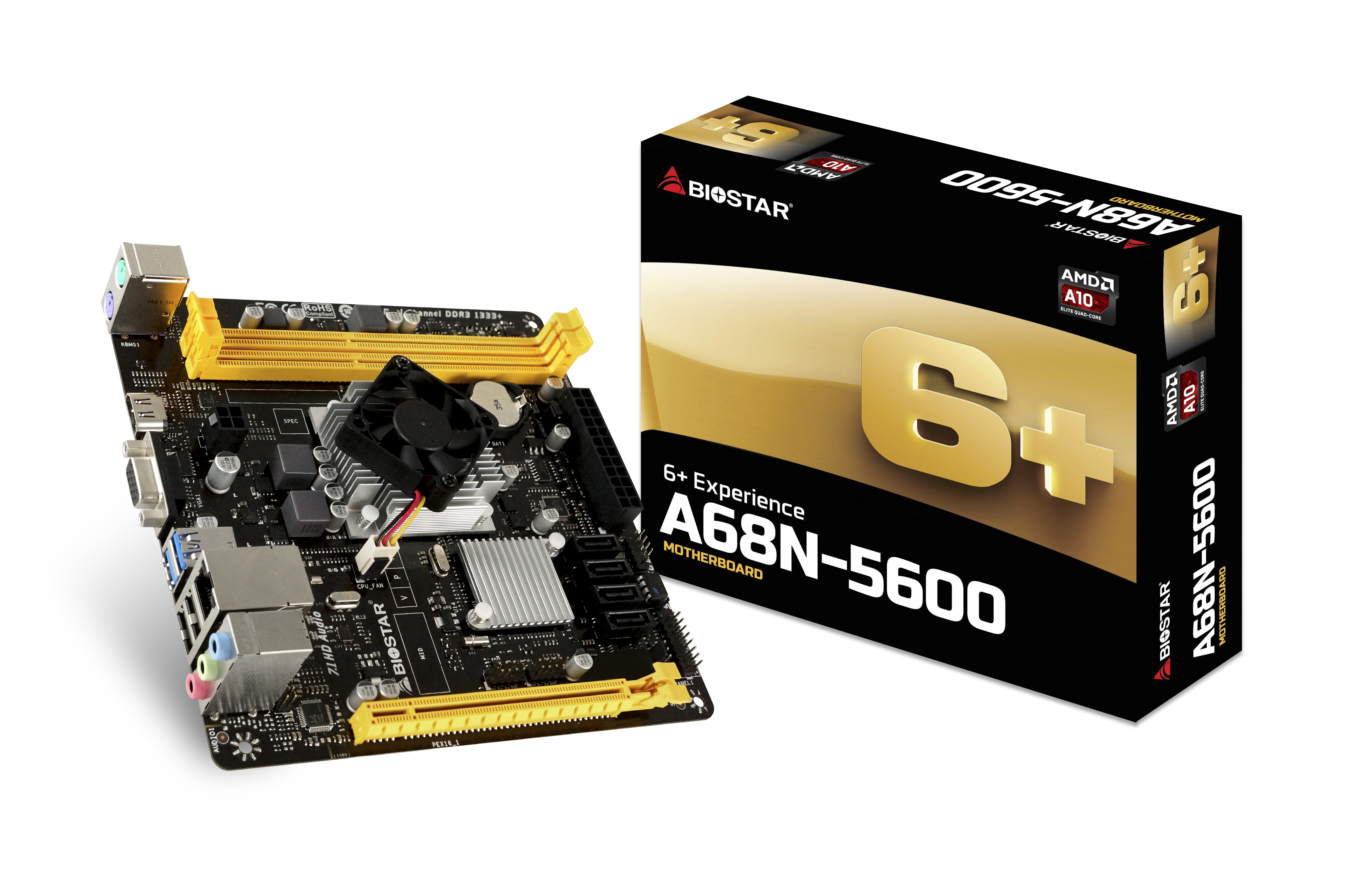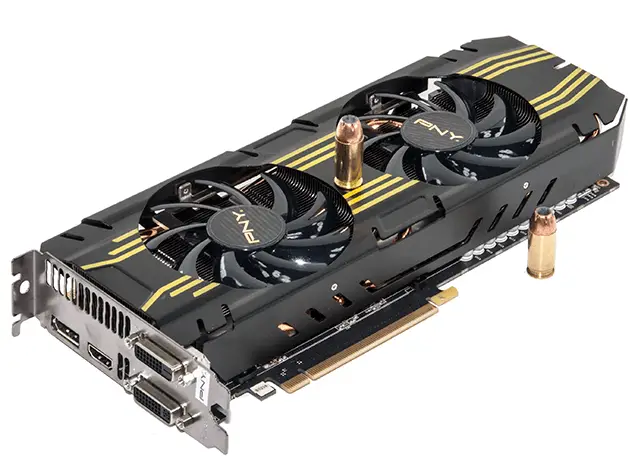Testing external storage designed for use in cameras is not like testing solid state drives, or even compact storage devices like ‘thumb drives’. These devices have very unique standards and have been optimized for highly specialized roles. For this reason, we have chosen to a combination of synthetic and real world tests that will show the intended customer base what the real strengths and weaknesses of a product line are.
To this end we have chosen ATTO, AS-SSD, and Crystal DiskMark for our synthetic test suites. However, we have opted to no include any deep queue depth testing. Instead only the sequential, medium size, and single queue small file size tests are run. ATTO’s full range of file sizes will be included but this only so that consumers can see the performance curves a given storage device offers. Furthermore, we will be significantly discounting any results under the 8K mark in ATTO.
For real world we have opted for our usual real world transfer test. This is a two-part test. The first consist of timing how long a single 30GB (30 Billion bytes) .rar file takes to copy to, and then from the devices. The second consists of timing how long it takes to copy to and then from 15GB (15 Billion bytes) worth of small files (from 100kb to 200MB) with a total 36,000 files in 1200 subfolders. For the card reader we have opted for Lexar’s WorkFlow USB 3.0 series. This series offers great performance, reasonable prices, and is specialized for a specific interface. IE each format has its own WorkFlow model that has been tuned for that particular storage type.
In between each test run the storage device is wiped and ensured to be in a virgin state via manual TRIM’ing the device using AIS’s FreeSpaceCleaner.
All tests are run four times and only averages are shown.
Main Test System
Processor: Intel i7 5930K
Memory: 32GB Corsair Ballistix DDR4-2666
Motherboard: Asus Sabertooth X99
Cooling: Noctua U12S
SSD: 1x Intel 750 1.2TB NVMe SSD
Power Supply: Corsair AX860i
Monitor: Dell U2714H
OS: Windows 7 Ultimate x64 SP1
Card Reader: Lexar USB 3.0 WorkFlow card reader
Lexar Pro 2000x – Test Results
Synthetic Test Results
For synthetic tests we have used a brand new Lexar WorkFlow USB 3.0 CFast card reader. The reason for using this particular card reader is not because of any brand favoritism, nor because the included SD UHS-II reader is poor; rather we found the WorkFlow model to be one of the best card readers available today.
ATTO Disk Benchmark
The ATTO disk benchmark tests the drives read and write speeds using gradually larger size files. For these tests, the ATTO program was set to run from its smallest to largest value (.5KB to 8192KB) and the total length was set to 256MB. The test program then spits out an extrapolated performance figure in megabytes per second. 
 AS-SSD
AS-SSD
AS-SSD is designed to quickly test the performance of your drives. Currently, the program allows to measure sequential and small 4K read/write speeds as well as 4K file speed at a queue depth of 6. While its primary goal is to accurately test Solid State Drives, it does equally well on all storage mediums it just takes longer to run each test as each test reads or writes 1GB of data.
 Crystal DiskMark
Crystal DiskMark
Crystal DiskMark is designed to quickly test the performance of your hard drives. Currently, the program allows to measure sequential and random read/write speeds; and allows you to set the number of tests iterations to run. We left the number of tests at 5 and size at 100MB. 
 As you can see Lexar has produced one heck of a SD card series. Not only is it blazing fast in UHS-II mode it is one of the few ‘new breed’ of cards that can still be amazingly fast in UHS-I mode. That is one heck of a one-two punch, that resulted in us constantly being impressed with what this ‘mere’ SD card could offer.
As you can see Lexar has produced one heck of a SD card series. Not only is it blazing fast in UHS-II mode it is one of the few ‘new breed’ of cards that can still be amazingly fast in UHS-I mode. That is one heck of a one-two punch, that resulted in us constantly being impressed with what this ‘mere’ SD card could offer.











